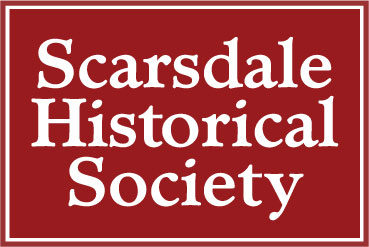Slavery in New York and Scarsdale
/We have published a new article about the history of slavery in Scarsdale, Westchester County and New York City from the 1600s to 1865.
The article is related to our documentary, Scarsdale in the 18th and 19th Centuries: From Hardscrabble Farms to Gracious Estates, which premiered at the Scarsdale Public Library on November 29, 2017. Both the film and article were researched and written by documentary filmmaker Lesley Topping and Barbara Shay MacDonald, the Historian and Vice President of the Scarsdale Historical Society.
Mrs. MacDonald’s interest in the subject began while she was researching the history of her historic home in Scarsdale, the Underhill House (c. 1687), where she lived until 1998. She recently discovered that in the 18th century a slave family probably lived in the house. The father was the family’s slave master, Thomas Hadden, who lived in Wayside Cottage across the street. His will, which frees the mother, “Wench Rose,” and her seven children can be read on our website.
Drawing on town records, regional censuses, and other sources, the article examines the historical pervasiveness of slavery in Scarsdale and throughout Westchester County and New York City and includes an extensive list of links and resources on the subject.
A plaque, wreathed for Christmas in St. James the Less Cemetery in Scarsdale, commemorates the unmarked graves of fugitive slaves.









